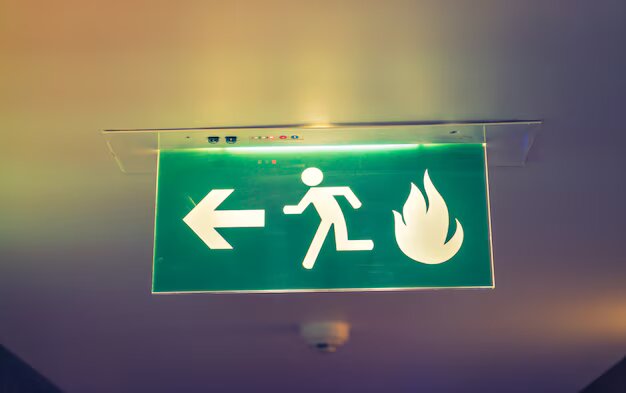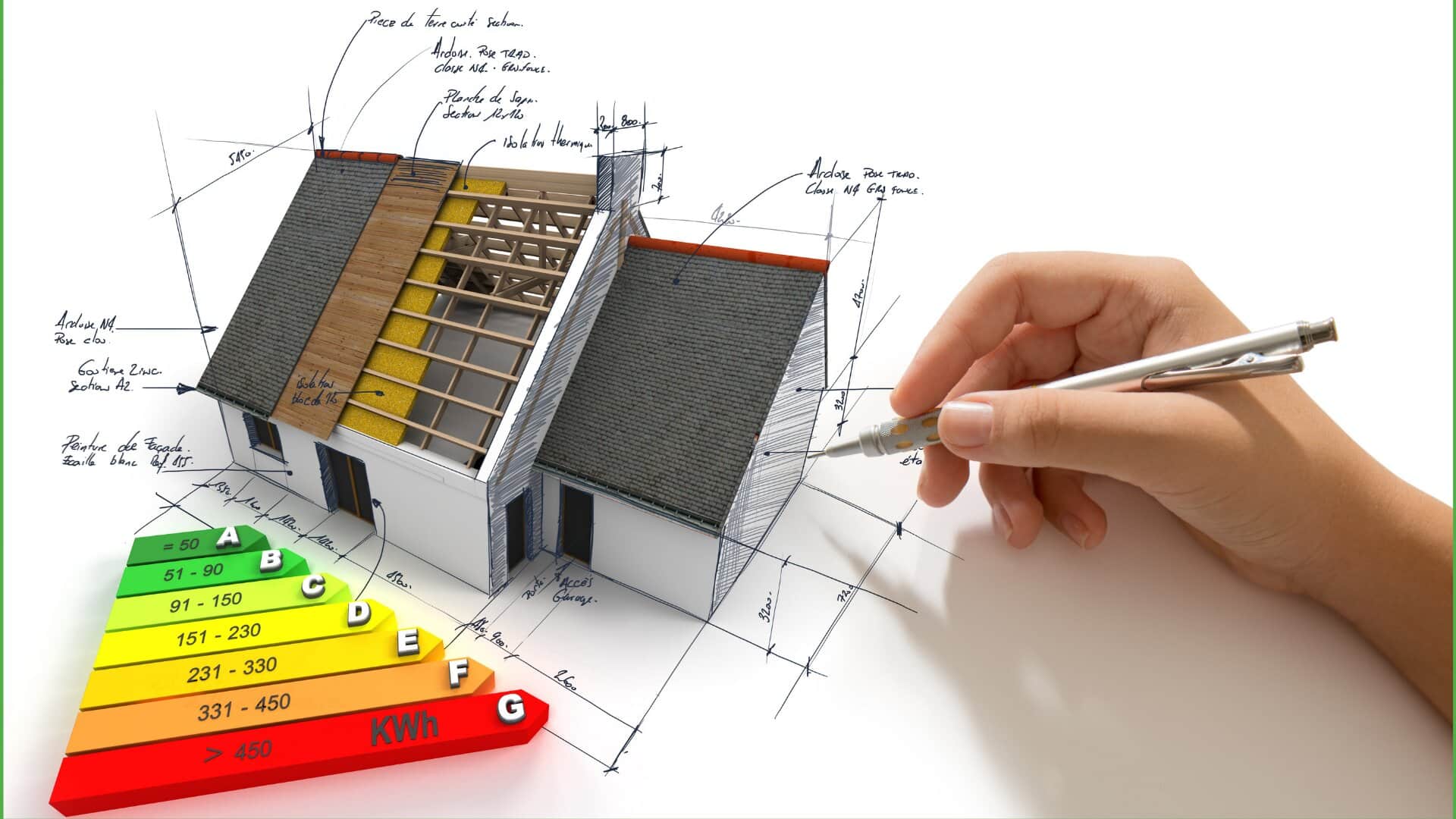Let’s be honest : when you think about a shared house or a flatshare, your first reflex is probably about rent, location, maybe even the vibe of the roommates. Fire doors and smoke detectors ? Not exactly the sexy part of house-hunting. And yet, if you’re planning to rent out a property as an HMO (House in Multiple Occupation), fire safety and emergency exits aren’t optional details – they’re literally what can save lives.
I’ve seen so many landlords underestimate this part. They think “ah, just a smoke alarm here and there, job done”. Nope. The UK’s fire safety rules are pretty strict for shared homes, and rightly so. If you want to dive into real-life listings and see how others do it, I actually stumbled across https://colocavenue.com the other day – and it’s striking how many landlords highlight compliance as a selling point. It’s not just legal red tape, it’s also reassurance for tenants.
What’s the minimum when it comes to fire alarms ?
Here’s the thing : in an HMO, the law is clear. You need a proper fire detection system, not just a cheap alarm you bought at the supermarket. We’re talking about mains-powered smoke detectors, interlinked across every floor. So if there’s a fire in the kitchen at 2am, the person asleep in the attic room hears it too. Honestly, I remember visiting a student house in Birmingham years ago – four bedrooms, dodgy extension out the back – and only one sad little beeping alarm in the hallway. It was terrifying.
Fire doors : annoying or essential ?
I get it, fire doors can feel like a pain. They’re heavy, they slam, and some tenants wedge them open because “it’s too noisy”. But regulations require them in most HMOs, especially in bigger ones. Why ? Because those 30 minutes of fire resistance can be the difference between everyone making it out safely or not. Imagine trying to run down a smoke-filled stairwell – you’ll thank the landlord for having kept it compartmentalised.
Escape routes : not just a theory
Every tenant must have a clear, unobstructed escape route. That means no clutter in corridors, no bikes blocking the back door, and definitely no locked windows where the fire escape should be. Councils often check this during inspections. And here’s the kicker : landlords are responsible for keeping those routes safe, not the tenants. So even if your tenants are messy (and let’s face it, in a shared house they often are), you need to keep an eye on it.
Emergency lighting : when the power cuts out

One detail many people forget is emergency lighting. If the fire knocks out the electricity, tenants still need to see their way out. In bigger HMOs, especially those with multiple floors, emergency lighting in stairwells and corridors is a must. It sounds technical, but really, it’s just a backup system to stop people panicking in the dark.
So, what happens if you ignore the rules ?
Well… fines, for starters. Councils can issue civil penalties of up to £30,000 for HMO breaches. But more than that, there’s the personal liability. If there’s a fire and the property wasn’t compliant, the landlord is the one in the dock. And honestly, do you really want to live with that kind of responsibility on your shoulders ?
Final thoughts
If you’re a landlord thinking about converting a house into a colocation rental, don’t cut corners on fire safety. It’s not just about ticking boxes ; it’s about people’s lives. And if you’re a tenant looking for a shared home, don’t be shy about asking : “Where are the smoke alarms ? Are these fire doors ? What’s the escape plan ?” A good landlord will have clear answers. A bad one… well, that’s a red flag right there.


